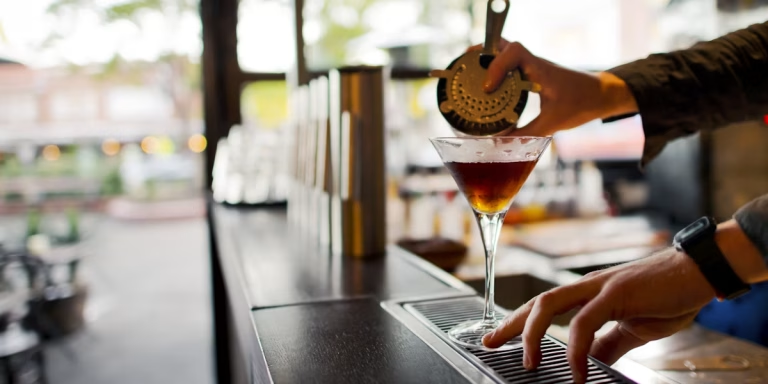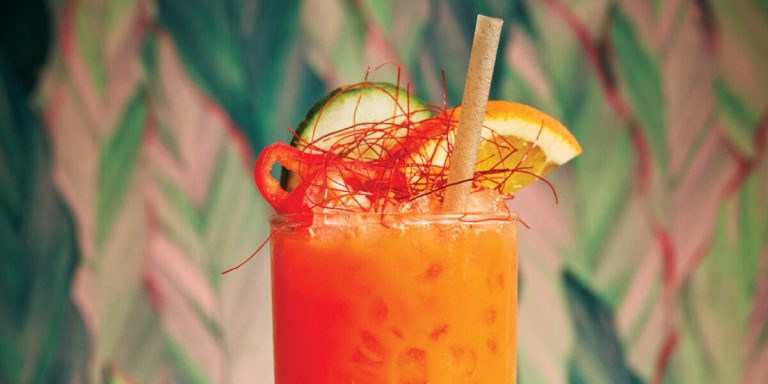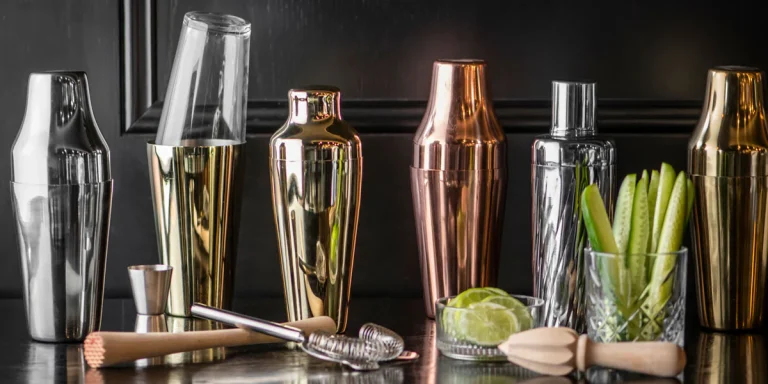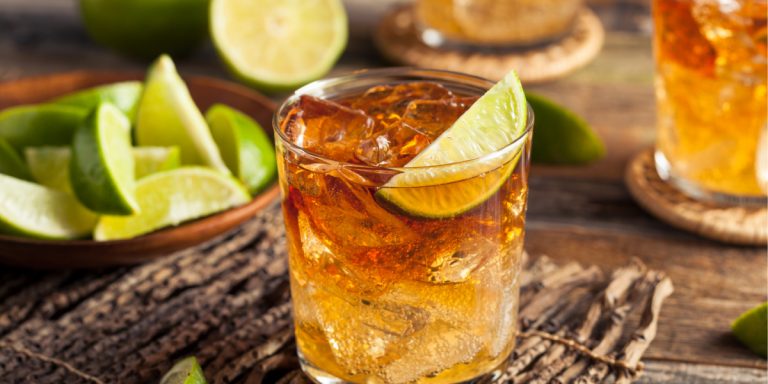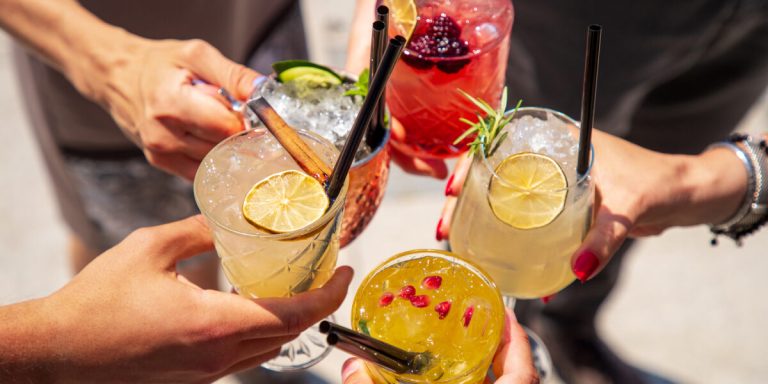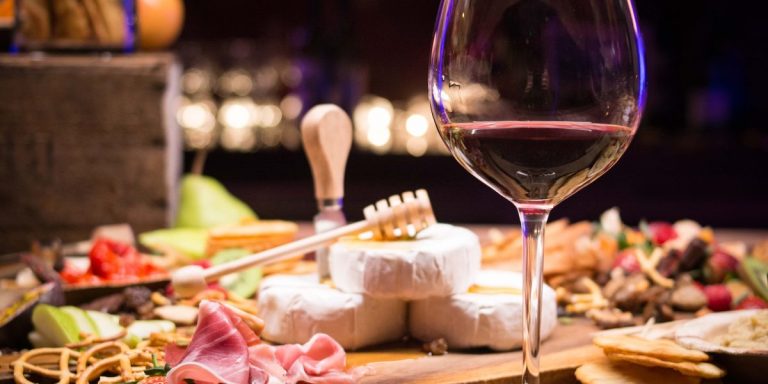Master the Muddle: Elevating Flavors Like Magic
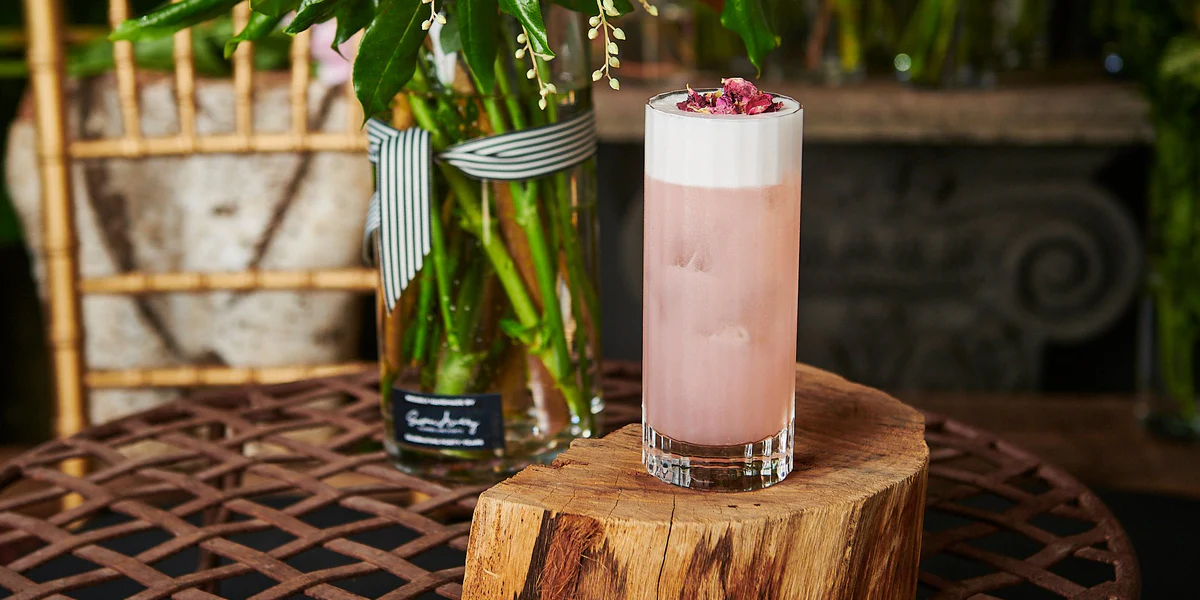
Muddling has always felt like the closest thing to real magic in cocktail-making. A few gentle presses, a twist of the wrist, and suddenly a drink that could have been ordinary bursts to life with aromas and flavors. The process seems simple, but it’s one of those techniques that separates a casual home bartender from someone who can craft cocktails that truly impress. I’ve come to realize that muddling isn’t just about crushing ingredients; it’s about unlocking layers of flavor that would otherwise stay hidden.
Why Muddling Matters
Every drink tells a story, and muddling adds chapters that wouldn’t exist without it. Imagine a mojito without bruised mint leaves releasing their oils, or an old fashioned without the sugar blending smoothly with citrus peel. The muddle creates a bridge between solid and liquid, making sure the essence of fruits, herbs, and spices infuses seamlessly into the spirit.
The difference is immediate. A cocktail that has been muddled properly has depth, aroma, and balance. One that skips the step feels flat, like a conversation missing emotion. Muddling allows the drinker to experience freshness in each sip, as the natural oils and juices rise to the surface and mingle with the liquor.
The Tools That Make a Difference
I quickly learned that not all muddlers are created equal. The tool in your hand determines how easily you can extract those essential flavors. Wooden muddlers feel classic and give a rustic vibe, but they can wear down if not cared for properly. Stainless steel muddlers with rubber or nylon tips are durable and easy to clean, and they provide consistency that wooden ones sometimes lack.
The shape also matters. Flat-ended muddlers are perfect for citrus and sugar because they press evenly, while textured tips help when working with firmer herbs or spices. I’ve tried both and often keep one of each type close by. It’s amazing how much more control you gain when your tools are matched to the task.
Perfecting the Pressure
The first mistake I made with muddling was overdoing it. I thought the harder I pressed, the better the flavor, but that only led to bitter, harsh drinks. Crushing mint into pulp, for example, releases chlorophyll that gives cocktails a grassy, unpleasant taste. I eventually learned that muddling is more of a massage than a smash.
Gentle pressure is usually enough. With herbs, I let the muddler coax the oils out rather than force them. For citrus, I press firmly but stop short of breaking down the pith. It’s all about balance enough force to release flavor but not so much that the drink becomes clouded or bitter.
Fruits That Shine Under the Muddle
Fresh fruit is where muddling really shines. Strawberries, blueberries, blackberries, and raspberries add both sweetness and vibrant color. Citrus fruits like limes, lemons, and oranges provide zesty bursts that pair beautifully with spirits. Even pineapple chunks, when muddled carefully, can turn a drink into a tropical escape.
The key with fruit is to keep an eye on texture. Some fruits break down too easily, leaving pulpy bits floating in the glass. Others require just enough muddling to release juice without turning the drink into a smoothie. I usually aim for a balance where the flavor dominates but the drink stays clean and refined.
Herbs That Transform a Drink
Mint is the classic herb that benefits from muddling, but it’s far from the only one. Basil adds a savory-sweet note, rosemary infuses drinks with earthy warmth, and thyme brings a subtle sharpness that pairs well with gin or vodka. I’ve even muddled lavender, and while it needs a delicate touch, the floral aroma can be stunning.
I always make sure to muddle herbs lightly. Too much pressure destroys them, while just enough brings out oils that dance across the palate. This technique turns a simple drink into something layered and surprising, showing just how powerful herbs can be when treated with care.
Balancing Sweetness and Bitterness
Muddling isn’t only about releasing flavors; it’s also about controlling them. A wedge of lime can give brightness, but too much pressure on the pith adds bitterness. A sprig of rosemary can add complexity, but crushing it completely overwhelms the drink. Balance is everything, and muddling teaches patience.
One trick I’ve found useful is pairing herbs with sweet elements. Basil with strawberries, mint with watermelon, or rosemary with peaches create natural balances that make cocktails feel complete. Muddling ensures the flavors blend before the first sip, which makes the drink taste intentional rather than improvised.
Cocktails That Depend on Muddling
Some drinks wouldn’t exist without muddling. The mojito, for example, is defined by mint leaves muddled with sugar and lime before rum and soda water are added. The caipirinha relies on muddled lime and sugar to balance cachaça. Even the old fashioned benefits from a muddle of sugar and bitters before whiskey is added.
Other cocktails can be elevated with muddling, even if the original recipe doesn’t require it. Adding muddled blackberries to a gin and tonic creates a fruity twist, while a muddled cucumber slice in a vodka soda makes it refreshingly crisp. Once you start experimenting, the possibilities feel endless.
Experimenting With Unusual Ingredients
The more I muddled, the more adventurous I became. Spices like ginger, cloves, and cardamom can be lightly pressed to release unique aromas. Edible flowers, though delicate, add an entirely new dimension when muddled into citrus-based drinks. Even vegetables like cucumber or jalapeño work beautifully, offering cooling or spicy layers that surprise anyone who takes a sip.
Experimentation is where muddling truly feels magical. It turns the bar into a playground where flavors can be mixed and matched until something extraordinary emerges. Some attempts don’t always work, but the excitement of discovering new combinations keeps the process fun and creative.
Tips I Always Keep in Mind
Over time, I’ve developed a few personal rules for muddling. I always use fresh ingredients dried herbs and old fruit simply don’t release enough flavor. I also clean my muddler immediately after use, especially when working with strong flavors like garlic or chili, so those notes don’t sneak into the next drink.
I also remind myself that less is often more. A light muddle can bring flavors forward without overwhelming the cocktail. Finally, I taste as I go. Every fruit, herb, and spice has its own strength, and adjusting along the way ensures the final drink tastes balanced and intentional.
The Magic in the Glass
Muddling has taught me that cocktails are more than recipes; they’re experiences. The ritual of pressing herbs and fruits releases aromas that set the stage before the first sip. The flavors unfold gradually, telling a story that changes with each ingredient. What feels like a small step behind the bar ends up transforming the entire drink.
Every time I muddle, I feel like I’m unlocking secrets hidden inside simple ingredients. It’s a reminder that with patience, technique, and curiosity, even the most basic cocktail can become extraordinary. The muddle may seem like a small gesture, but in the right hands, it truly is magic.

